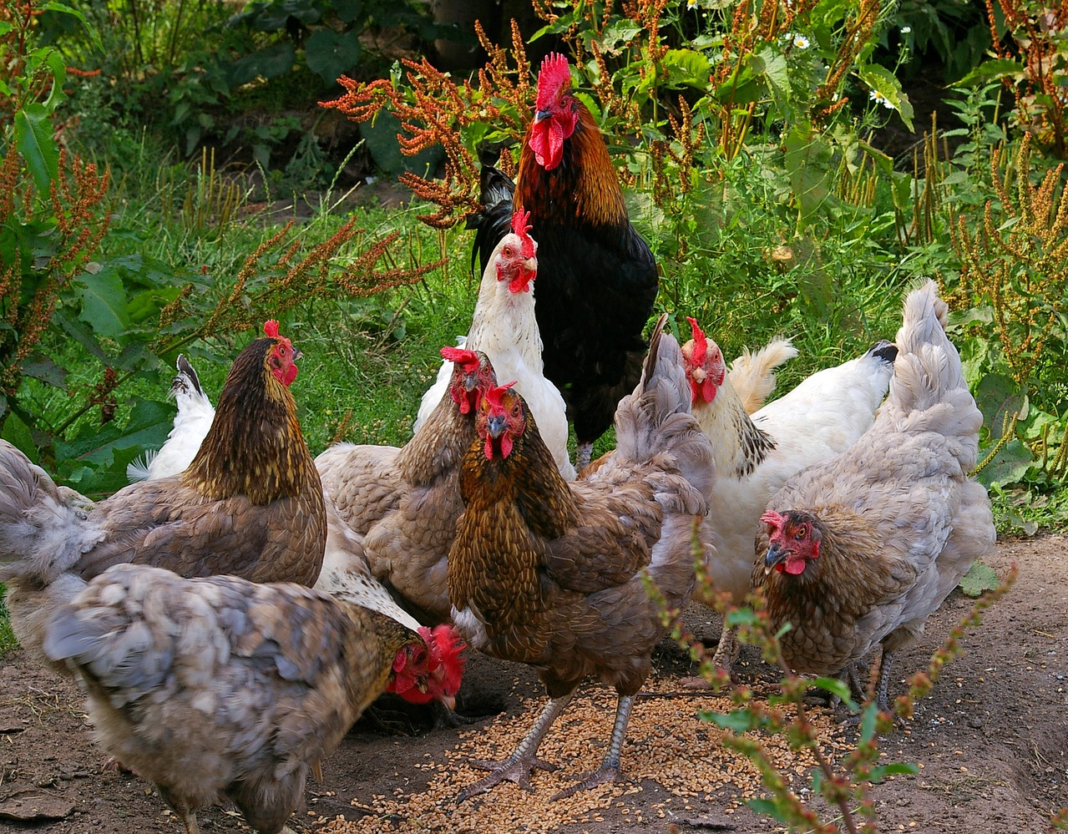Porto Alegre, October 03th, 2024 – The scenario outlined for the Brazilian meat industry is, to say the least, promising for the last two months of 2024. Several factors justify such optimism, but the main one is the overheated demand. Exports have been a huge differentiator for the industry, with a strong export pace for the three main proteins produced in Brazil.
The country is making great strides in setting a new record for the volume shipped for the three proteins. Even chicken meat, which suffered from some biosecurity issues in Rio Grande do Sul, can surpass last year’s figures, which until then was the largest exporter of chicken meat.
The domestic market also has its advantages, with a very high level of employment, which benefits from the great impact of the thirteenth salary on economic activity in November and December. For many retail experts, those months will be the best in terms of consumption in the entire decade, and the meat industry would not be left out of this movement, considering all the seasonality present in this period.
Another important aspect to be mentioned is the situation of beef, the preferred protein of the Brazilian population. Meat prices showed an aggressive upward movement in September. As already portrayed, the situation of overheated demand and the more restricted supply of finished animals led the market to renew its highs in the current season, with the price of fattened cattle in São Paulo flirting with the level of BRL 280/arroba on credit. Given this movement, it is most likely that there will be price adjustments throughout the production chain. In other words, in this environment it becomes predictable that there will be an impact on retail prices, interfering in the purchasing decisions of the Brazilian population.
With retail beef prices at a more prohibitive level, the natural path is for the segment of the population with the lowest per capita income (1 to 2 minimum salaries per family) to seek alternatives that have a smaller impact on the family budget. The priority will invariably fall on chicken meat.
This logic is quite simple, with two basic aspects permeating this decision. The first is that chicken meat is part of the daily life of the Brazilian population and is the main animal protein consumed in Brazil. The second aspect is that pork, which would also be a viable alternative, has seen sharp highs in the current season, becoming less competitive. Although chicken meat has also increased, it remains much more competitive.
With an environment based on controlled costs, combined with significant revenues, especially from exports, the meat industry is experiencing an extremely positive season when it comes to operating margins. It is important to highlight that the good moment tends to continue in 2025, with the possible inversion of the livestock cycle and lower beef availability in the domestic market, significantly interfering in the consumption patterns of the Brazilian population, offering an excellent consumption perspective for competing proteins, especially beef.
Safras News

